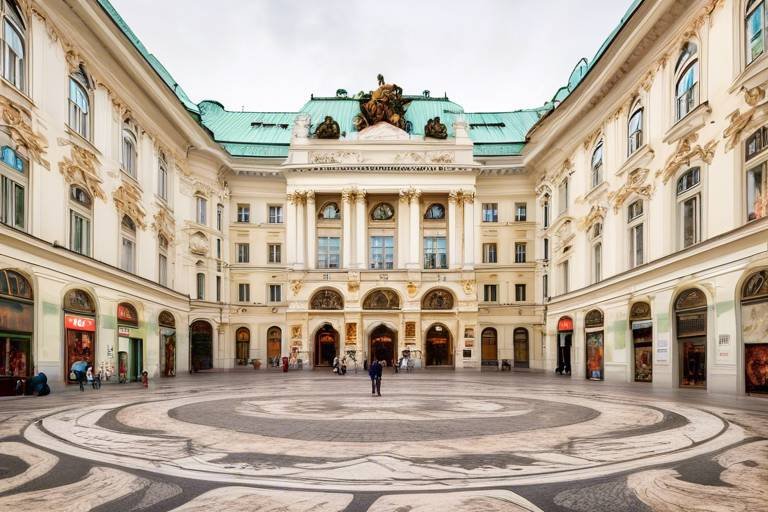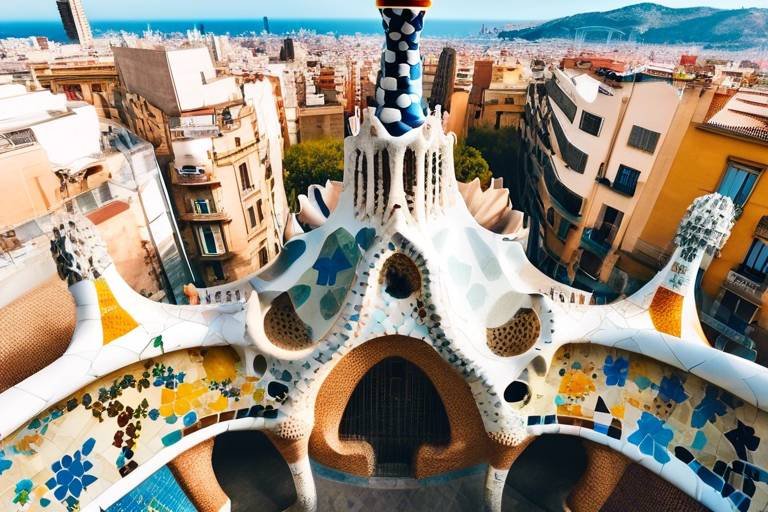Exploring Kyoto - Japan's Hidden Gem for Culture Lovers
Are you ready to embark on a cultural journey like no other? Welcome to Kyoto, a city that whispers tales of ancient traditions and showcases the soul of Japan's heritage. As you wander through the historic streets, you'll find yourself immersed in a world where time seems to stand still, allowing you to witness the beauty of a bygone era.
Picture yourself standing in front of the majestic Kinkaku-ji, also known as the Golden Pavilion, its shimmering facade reflecting the essence of Zen Buddhism. Each step you take in Kyoto leads you to a new discovery, whether it's the iconic Fushimi Inari Taisha with its endless rows of torii gates or the tranquil gardens of Ginkaku-ji, where nature and architecture blend in perfect harmony.
But Kyoto is not just about admiring the past; it's also about experiencing the present. Step into a traditional tea house and partake in the art of the tea ceremony, a ritual that transcends mere sipping to become a dance of grace and mindfulness. Feel the centuries-old traditions come alive as you sip on matcha and contemplate the beauty of simplicity.
As the sun sets, the streets of Gion and Pontocho come alive with the enchanting presence of geisha, their elegant movements a testament to the grace and elegance of Japan's cultural heritage. Stroll through these historic districts, where the past mingles with the present, and immerse yourself in the world of these iconic entertainers.
Throughout the year, Kyoto pulsates with the rhythm of cultural festivals that celebrate the changing seasons. From the lively Gion Matsuri to the elegant Aoi Matsuri, each festival offers a glimpse into the heart of Japanese tradition, with colorful processions and traditional performances that captivate the senses.
For those seeking a moment of tranquility, Kyoto's Zen gardens provide a haven of peace amidst the bustling city. Lose yourself in the raked gravel patterns of Ryoan-ji or find solace in the moss-covered stones of Saiho-ji, where every element is meticulously placed to inspire contemplation and inner peace.
Don't forget to explore Kyoto's rich tradition of craftsmanship, where artisans continue to create exquisite pottery, textiles, and other handmade products that reflect the city's dedication to preserving its cultural legacy. Visit workshops and shops to witness these skilled craftsmen at work, carrying on ancient techniques passed down through generations.
And let's not overlook Kyoto's culinary scene, a symphony of flavors that tantalize the taste buds and showcase the city's commitment to excellence. Indulge in kaiseki meals that are a feast for both the eyes and the palate, or savor the delicate flavors of Kyoto's renowned tofu dishes, each bite a testament to the city's culinary artistry.
Finally, witness the ever-changing beauty of Kyoto as the seasons paint the city in hues of cherry blossoms in spring and fiery foliage in autumn. Each season brings a new perspective, a fresh canvas on which to appreciate the natural wonders that surround this cultural gem.
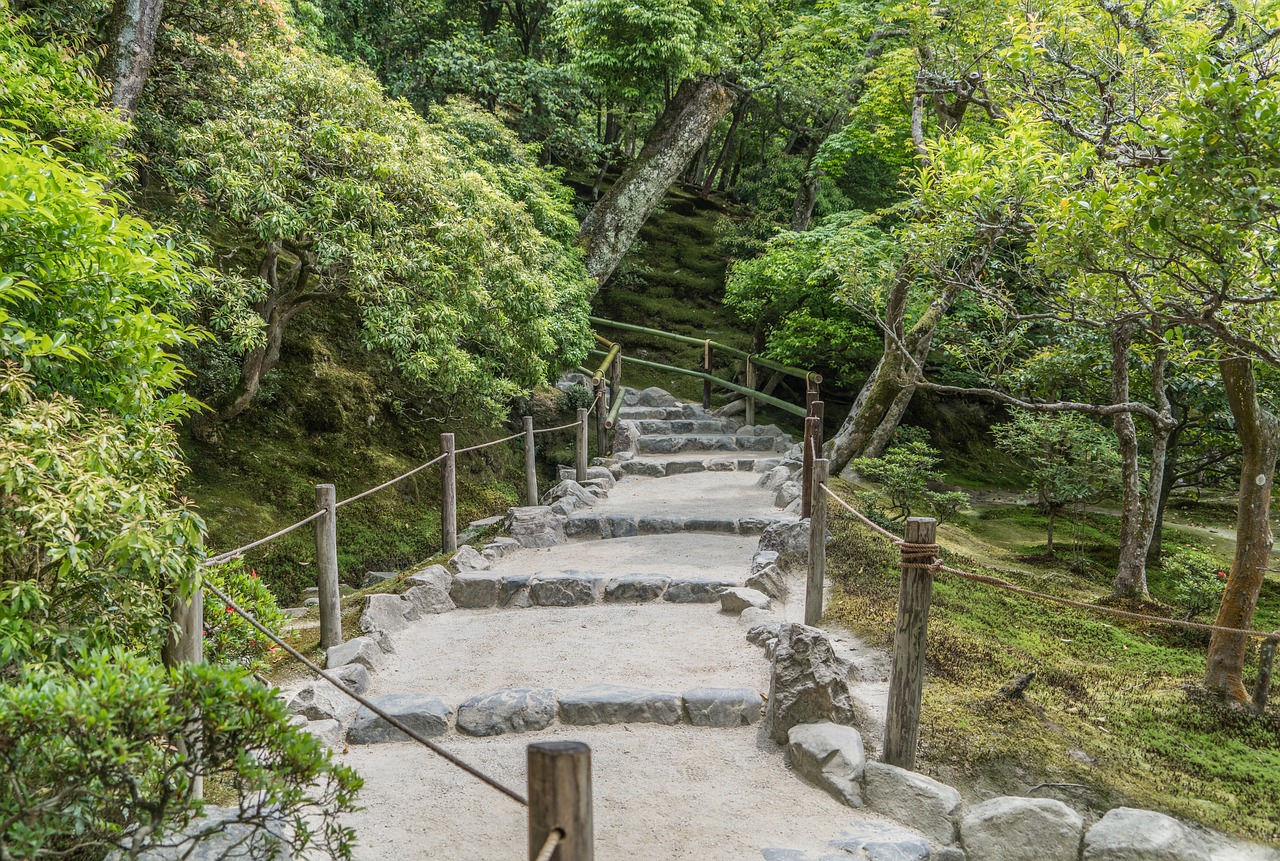
Historic Temples and Shrines
Kyoto, the ancient capital of Japan, is a treasure trove for culture enthusiasts. From historic temples and traditional tea houses to serene gardens and vibrant festivals, Kyoto offers a glimpse into Japan's rich cultural heritage and traditions.
Kyoto is home to numerous well-preserved temples and shrines, such as Kinkaku-ji (Golden Pavilion) and Fushimi Inari Taisha, providing visitors with a spiritual and historical experience. These architectural marvels stand as testaments to Japan's deep-rooted reverence for spirituality and tradition.
Stepping into these sacred grounds, visitors are transported back in time, surrounded by intricate wooden structures, serene gardens, and the lingering aura of centuries-old rituals. Each temple and shrine in Kyoto holds a unique story waiting to be discovered, offering a peaceful retreat from the bustling modern world.
One of the most iconic sights in Kyoto is the Fushimi Inari Taisha, with its famous torii gates leading to the mountaintop shrine. Walking through this vermillion tunnel is a mesmerizing experience, symbolizing a journey of introspection and spiritual ascension.
Moreover, the Kinkaku-ji, or Golden Pavilion, shimmers in the sunlight, reflecting the beauty of its surroundings in a breathtaking display of architectural harmony. Visitors can witness the interplay between nature and human craftsmanship, creating a tranquil oasis amidst the urban landscape.
Exploring these historic temples and shrines in Kyoto is not just a sightseeing experience but a profound encounter with Japan's cultural legacy, where past and present converge in a harmonious blend of tradition and modernity.

Traditional Tea Ceremony
Kyoto, the ancient capital of Japan, is a treasure trove for culture enthusiasts. From historic temples and traditional tea houses to serene gardens and vibrant festivals, Kyoto offers a glimpse into Japan's rich cultural heritage and traditions.
Kyoto is home to numerous well-preserved temples and shrines, such as Kinkaku-ji (Golden Pavilion) and Fushimi Inari Taisha, providing visitors with a spiritual and historical experience.
Embark on a journey of tranquility and harmony by experiencing the traditional tea ceremony in Kyoto. This ancient ritual, known as Chanoyu, emphasizes respect, mindfulness, and connection. Participants are guided through the intricate process of preparing and serving matcha green tea, fostering a sense of peace and appreciation for the present moment.
Step into the enchanting world of Gion and Pontocho, Kyoto's renowned geisha districts. Wander through the narrow streets lined with traditional machiya houses, where geisha, known for their elegance and artistry, entertain guests with dance, music, and conversation. Immerse yourself in the mystique of these iconic performers and witness the grace and skill of Japan's cultural treasures.
Experience the vibrancy of Kyoto's cultural heritage through its lively festivals. Join the revelry of Gion Matsuri and Aoi Matsuri, where centuries-old traditions come to life through colorful processions, dazzling costumes, and spirited performances. Delight in the festive atmosphere and immerse yourself in the dynamic energy of these annual celebrations.
Seek solace and contemplation in Kyoto's Zen gardens, meticulously designed to inspire peace and reflection. Stroll through the gravel paths of Ryoan-ji and meditate upon the simplicity of Ginkaku-ji's silver sand garden. These serene landscapes invite visitors to find inner harmony amidst the beauty of nature, fostering a sense of tranquility and mindfulness.
Discover the artistry and craftsmanship of Kyoto's traditional industries, where artisans uphold centuries-old techniques in pottery, textiles, and lacquerware. Visit workshops and studios to witness skilled craftsmen create intricate designs and exquisite pieces that embody the essence of Kyoto's cultural legacy. Immerse yourself in the world of Japanese craftsmanship and take home a piece of Kyoto's artisanal heritage.
Delight your senses with Kyoto's culinary treasures, renowned for their elegance and seasonal flavors. Indulge in kaiseki cuisine, a multi-course dining experience that showcases the essence of Japanese gastronomy through artful presentation and exquisite flavors. Savor the delicate simplicity of tofu dishes and experience the culinary artistry that defines Kyoto's dedication to culinary excellence.
Witness the ever-changing beauty of Kyoto as the seasons unfold, each offering a unique spectacle of nature's artistry. Marvel at the ethereal beauty of cherry blossoms in spring, stroll through vibrant maple forests in autumn, and experience the tranquil snowscapes of winter. Kyoto's seasonal transformations captivate the soul and invite visitors to embrace the fleeting beauty of nature's cycle.
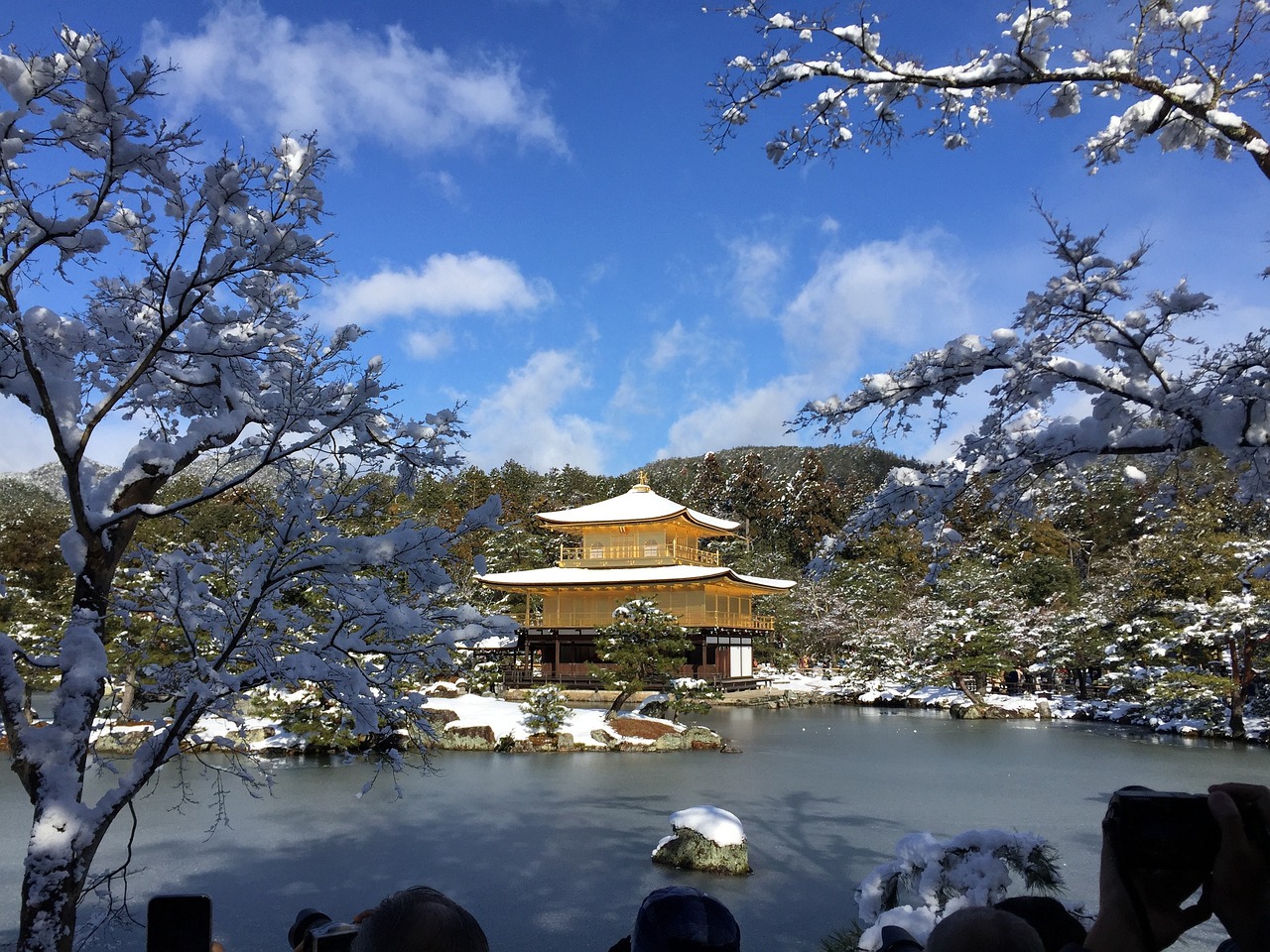
Geisha Districts
When it comes to immersing yourself in the traditional world of geishas, Kyoto's Geisha Districts are the place to be. Stepping into Gion and Pontocho is like stepping back in time, where the narrow streets are lined with historic machiya houses that have been preserved for centuries. These districts are not just tourist attractions but living, breathing neighborhoods where geishas still entertain guests with their grace and skill.
Walking through Gion, you may catch a glimpse of a geisha in her elegant kimono hurrying to her next appointment, adding a touch of mystery and allure to the atmosphere. Pontocho, on the other hand, offers a more intimate experience with its cozy restaurants and teahouses where geishas entertain small groups of guests with traditional performances.
One of the highlights of visiting these districts is witnessing a geisha performance up close. The meticulous movements, the elaborate costumes, and the haunting melodies create a mesmerizing experience that transports you to a bygone era of elegance and sophistication.
Exploring the Geisha Districts is not just about observing from a distance; it's about immersing yourself in a world where tradition and modernity coexist harmoniously. From savoring traditional tea in a historic teahouse to strolling along lantern-lit alleys, every moment in Gion and Pontocho is a chance to discover the beauty and grace of Japan's iconic entertainers.

Cultural Festivals
Cultural festivals in Kyoto are a vibrant celebration of tradition and community, offering visitors a unique insight into Japan's rich cultural tapestry. Among the most famous festivals in Kyoto are the Gion Matsuri and Aoi Matsuri, which draw crowds with their colorful processions and traditional performances. These festivals, deeply rooted in history, provide an opportunity to experience the essence of Japanese culture through music, dance, and elaborate costumes.
During the Gion Matsuri, the streets of Kyoto come alive with energy as massive floats adorned with lanterns parade through the city, accompanied by the sounds of drums and flutes. Visitors can immerse themselves in the festive atmosphere, sampling local delicacies and witnessing age-old rituals that have been passed down through generations.
Similarly, the Aoi Matsuri captivates audiences with its elegant procession of participants dressed in Heian-period costumes, reenacting ancient court ceremonies. This festival, held annually in May, offers a glimpse into the aristocratic traditions of old Japan, showcasing the beauty and grace of historical customs.
For those seeking a deeper connection to Kyoto's cultural heritage, participating in these festivals provides a rare opportunity to witness the city's living history unfold before their eyes. Whether admiring the intricate craftsmanship of the festival floats or joining in the lively street celebrations, visitors can create lasting memories and forge a deeper appreciation for the traditions that define Kyoto's identity.

Zen Gardens
Zen gardens in Kyoto are like portals to a world of tranquility and contemplation. These meticulously designed spaces, such as Ryoan-ji and Ginkaku-ji, are not just gardens but reflections of profound philosophical ideas. They use rocks, gravel, and carefully placed vegetation to create a serene atmosphere where visitors can meditate and find inner peace. The simplicity and harmony of Zen gardens are meant to inspire mindfulness and reflection, encouraging visitors to let go of worldly distractions and connect with their inner selves.

Traditional Crafts
When it comes to traditional crafts, Kyoto is a haven for those seeking the beauty and artistry of handmade products. The city is renowned for its exquisite pottery, delicate textiles, and other artisanal creations that have been honed over centuries. Visitors can immerse themselves in the world of Kyoto's craftsmanship by exploring workshops and shops where these time-honored techniques are still practiced with dedication and precision.

Culinary Delights
When it comes to culinary delights, Kyoto is a gastronomic paradise that tantalizes the taste buds and delights the senses. The city's cuisine is a reflection of its rich history and dedication to culinary excellence. One of the must-try culinary experiences in Kyoto is the traditional kaiseki meal, a multi-course dining experience that showcases the seasonality of ingredients and the artistry of Japanese cooking. Each dish in a kaiseki meal is carefully crafted to balance flavors, textures, and colors, creating a harmonious culinary symphony.
Another culinary gem of Kyoto is its savory tofu dishes, which highlight the versatility and delicate flavors of this plant-based protein. Tofu in Kyoto is not just an ingredient but a culinary art form, with skilled chefs transforming simple soybean curd into exquisite dishes that are both healthy and delicious. Whether it's fried tofu pockets filled with seasoned rice or silky tofu simmered in a savory broth, Kyoto's tofu dishes are a testament to the city's dedication to quality and innovation in the kitchen.
Furthermore, Kyoto's culinary scene is also known for its emphasis on seasonal ingredients, with chefs drawing inspiration from nature's bounty to create dishes that celebrate the changing seasons. From delicate cherry blossom-inspired sweets in spring to hearty hot pot dishes in winter, Kyoto's cuisine is a reflection of the rhythm of nature and the importance of seasonal eating. By savoring the flavors of each season, visitors can truly appreciate the depth and diversity of Kyoto's culinary traditions.
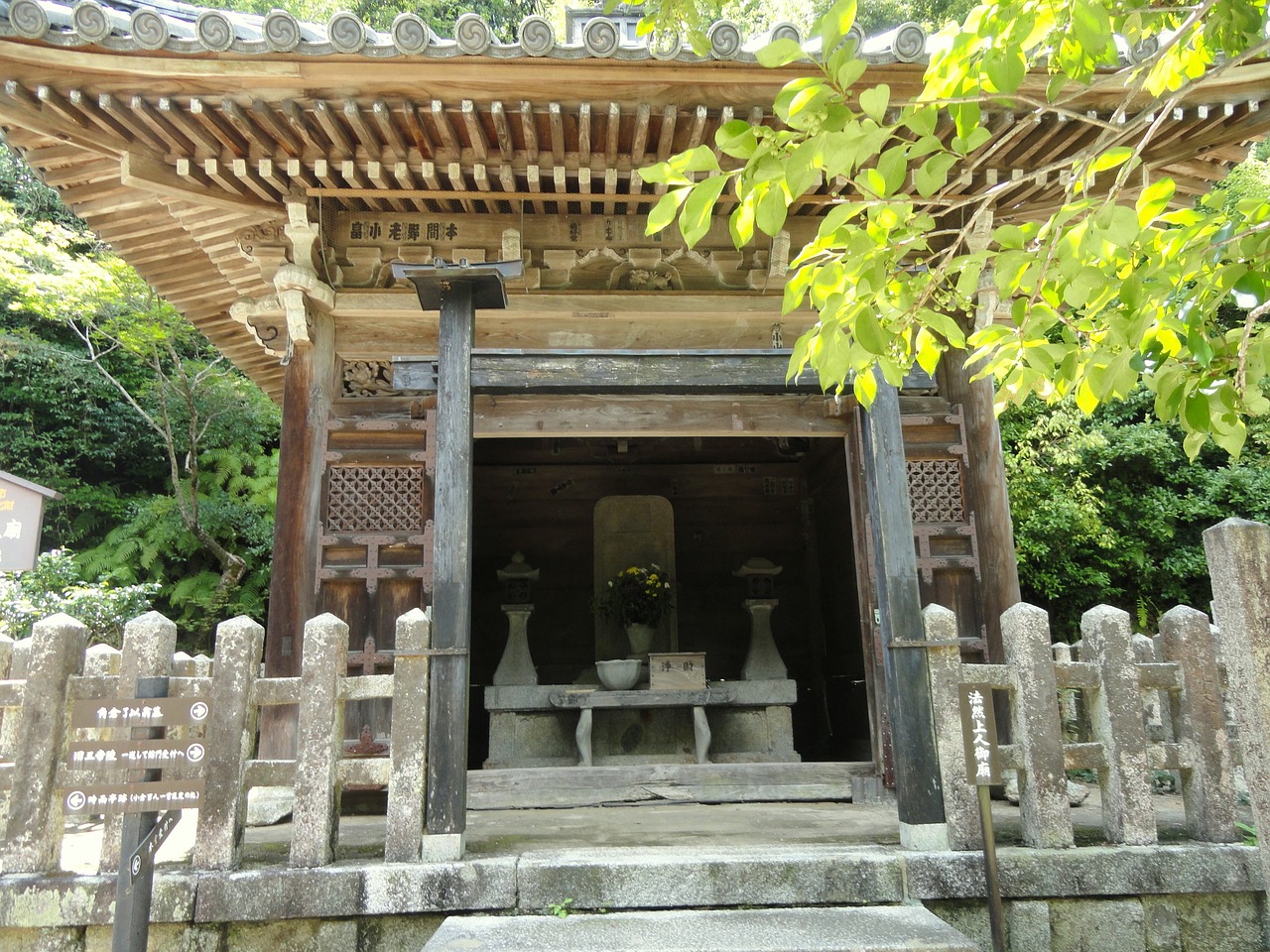
Seasonal Beauty
Seasonal beauty in Kyoto is a mesmerizing spectacle that captivates visitors throughout the year. Each season paints a unique canvas, showcasing the city's natural splendor in different hues and tones. Spring heralds the arrival of cherry blossoms, transforming Kyoto into a pink paradise. The delicate sakura blooms adorn the city's parks, temples, and streets, creating a dreamlike atmosphere that is perfect for hanami, the traditional cherry blossom viewing. As the warm embrace of spring fades, summer emerges with its lush greenery and vibrant festivals. Kyoto's streets come alive with the sounds of traditional music and dance during events like the Gion Matsuri, offering a glimpse into the city's cultural vibrancy. Autumn casts a spell of enchantment with its fiery foliage, as the maple trees don their crimson and gold attire. The momiji season draws crowds to Kyoto's gardens and mountains, where the breathtaking scenery is a testament to nature's artistry. Finally, winter blankets Kyoto in a serene stillness, with occasional snowfalls turning the city into a winter wonderland. The quiet beauty of snow-dusted temples and gardens provides a peaceful retreat for contemplation and reflection.
Frequently Asked Questions
- What are the must-visit attractions in Kyoto for culture lovers?
Some of the must-visit attractions in Kyoto for culture lovers include historic temples and shrines like Kinkaku-ji and Fushimi Inari Taisha, traditional tea houses for experiencing the tea ceremony, geisha districts such as Gion and Pontocho, cultural festivals like Gion Matsuri and Aoi Matsuri, Zen gardens like Ryoan-ji and Ginkaku-ji, and workshops showcasing traditional crafts.
- What is the significance of Kyoto's cultural festivals?
Kyoto's cultural festivals, such as Gion Matsuri and Aoi Matsuri, are significant as they offer a glimpse into Japan's rich cultural heritage through colorful processions, traditional performances, and the celebration of seasonal beauty. These festivals provide an immersive experience into the traditions and history of Kyoto.
- How can I best experience Kyoto's culinary delights?
To best experience Kyoto's culinary delights, indulge in exquisite kaiseki meals, savor savory tofu dishes, and explore the city's dedication to culinary excellence and seasonal ingredients. Visiting local restaurants and markets will allow you to taste the diverse flavors of Kyoto's traditional cuisine.
- What makes Kyoto's seasonal beauty unique?
Kyoto's seasonal beauty is unique due to the stunning transformation the city undergoes throughout the year. From cherry blossoms in spring to vibrant autumn foliage, each season offers a different perspective of Kyoto's natural beauty, providing visitors with a captivating and ever-changing landscape to explore.














